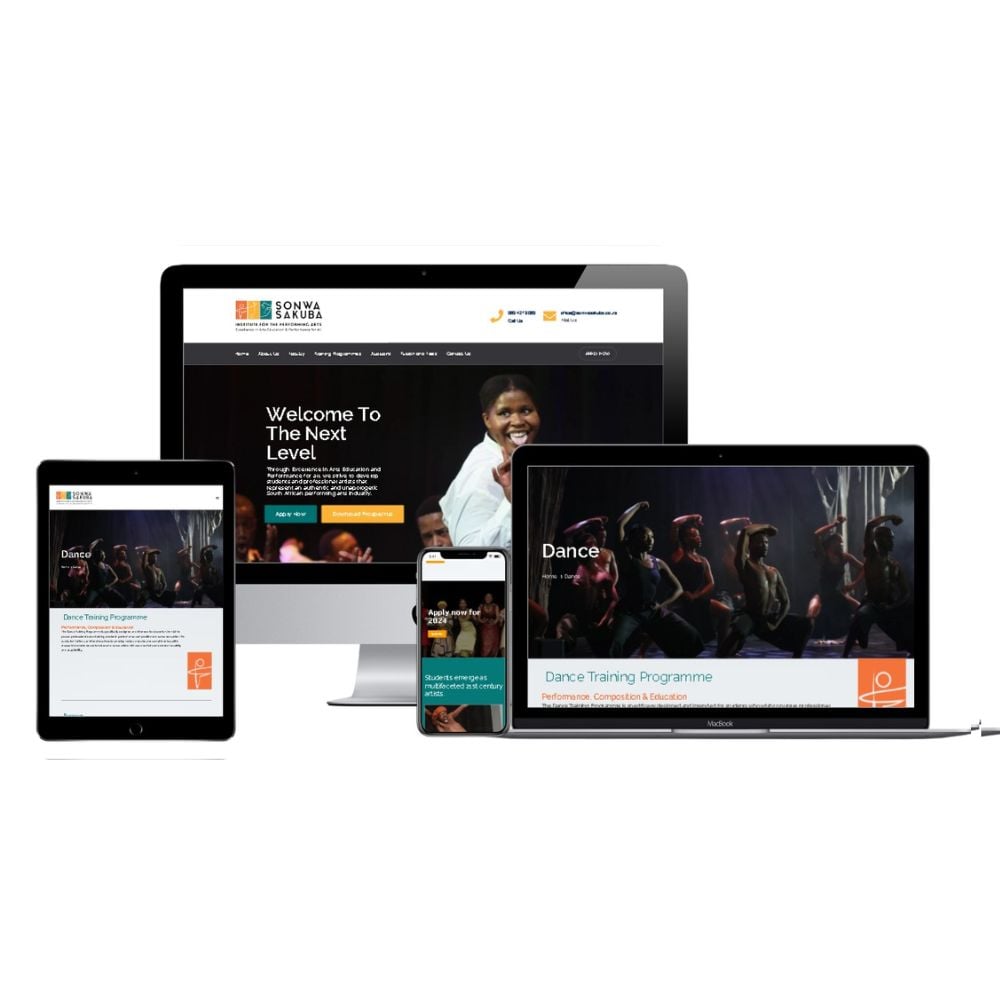How Website Design Can Contribute to Building a Successful Online Brand
How Website Design Can Contribute to Building a Successful Online Brand
Blog Article
The Ultimate Overview to Modern Website Design Trends
In the ever-evolving digital landscape, modern site design trends play an important function in shaping user experience and involvement. From the increase of minimalist layout principles that focus on simplicity to the influence of strong typography in defining brand name identification, each element adds to a natural on-line visibility. The emphasis on receptive and mobile-first methods, alongside ingenious microinteractions, even more boosts use. The growing focus on sustainable web style methods shows a dedication to ecological duty. These patterns jointly elevate essential inquiries concerning the future of efficient website design and what it implies for customers and services alike.
Minimalist Style Principles
Minimalist style principles highlight the idea that less is a lot more, supporting for simpleness and functionality in visual communication. This strategy strips away unneeded aspects, concentrating rather on vital elements that share the designated message efficiently. By prioritizing quality, minimalist design enhances individual experience, permitting visitors to navigate sites easily.
Core tenets of minimal layout consist of the usage of sufficient white room, which develops a sense of balance and company. This unfavorable area not only guides the customer's focus to crucial elements yet also fosters a soothing aesthetic atmosphere. In addition, a limited color palette is typically used, using soft tones or single plans to keep visual communication and protect against frustrating the individual.
Typography plays a critical function in minimal style, where understandable font styles are chosen for their simplicity and efficiency in interacting web content. Pictures and graphics are conserved, ensuring that they offer an objective instead of distract from the general message. Inevitably, minimalist design concepts cultivate a concentrated setting that motivates individuals to involve with the content, improving the overall efficiency of modern site layout. This fad shows a growing admiration for thoughtful, user-centric appearances in electronic spaces.
Strong Typography Options
Welcoming vibrant typography selections has actually come to be a specifying attribute of modern site layout, as it effectively catches focus and communicates solid messaging. Developers are progressively using typography not just as a useful component yet as a vital visual element that boosts the overall aesthetic and individual experience.

In addition, the association of strong typography with minimalist design concepts enables striking contrasts, boosting readability while keeping visual appeal. The usage of whitespace around bold message additionally highlights its value, guaranteeing that the message reverberates with the target market.
As electronic landscapes become extra affordable, leveraging vibrant typography enables brands to differentiate themselves and leave a long-term impression. The careful option of typefaces and their application can evoke emotions, develop tone, and drive activity, making bold typography a crucial tool in contemporary web site design. Eventually, it is an effective means to enhance narration and make sure that key messages are not only seen yet likewise really felt.
Receptive and Mobile-first Layout
Mobile-first and responsive layout has actually become a crucial principle in modern web site growth, showing the enhancing dependence on mobile tools for accessing on the internet material. As user habits shifts towards mobile browsing, developers must focus on creating experiences that adjust flawlessly across various screen sizes and resolutions.
A receptive layout makes certain that a site immediately readjusts its layout, pictures, and functionality based upon the gadget being used. This strategy enhances user experience by giving consistent navigating and readability, irrespective of whether the visitor is on a tablet computer, desktop computer, or smartphone computer. Mobile-first layout supporters for establishing sites at first for smaller sized screens, consequently scaling up to larger displays. This strategy motivates an extra structured and effective design process, focusing on crucial web content and performance initially.
Implementing mobile-first and receptive principles not only accommodates customer preferences yet likewise straightens with search engine optimization (SEO) techniques. Significant online search engine, like Google, prioritize mobile-friendly web sites in their positions, making it imperative for organizations to adopt these design techniques. In a competitive digital landscape, accepting mobile-first and responsive style is not simply an alternative; it is essential for ensuring accessibility and involvement with a varied target market.
Engaging Microinteractions
Microinteractions play a pivotal function in improving customer engagement and total internet site experience, particularly in the context of receptive and mobile-first layout. These subtle style use this link components supply instant feedback to users, making communications much more enjoyable and intuitive. Examples include button computer animations, notice informs, and filling indicators, which not just overview users yet additionally produce a feeling of link with the user interface.
Including engaging microinteractions can dramatically boost use by minimizing cognitive load. When users get visual or acoustic feedback upon doing activities, such as clicking a button or submitting a form, they really feel a lot more certain in their selections. This fosters a smoother navigating experience, ultimately raising customer retention.

As web site style patterns remain to advance, the importance of microinteractions can not be overstated. They act as the refined yet effective touchpoints that change normal interactions into extraordinary experiences, thereby elevating the general effectiveness of modern-day website design.
Sustainable Website Design Practices
Sustainable internet layout techniques are coming to be progressively important as the digital landscape expands and ecological concerns climb. Developers and designers are identifying their obligation to original site develop websites that not just offer individual requirements but additionally decrease environmental effect. This approach encompasses numerous essential techniques.
Firstly, maximizing power intake is vital. Websites should be created to load quickly and efficiently, which minimizes web server power usage and boosts individual experience. Methods such as photo compression, reducing HTTP requests, and utilizing modern-day coding practices contribute considerably to this goal.
Secondly, choosing eco-friendly hosting companies is critical - website design. Several hosting business are now powered by renewable resource resources, allowing internet sites to operate in a more lasting way. This selection reflects a commitment to reducing carbon impacts
Furthermore, embracing a minimalist layout can enhance sustainability. Less components on a web page bring about less information transfer, which not just quickens loading times yet additionally saves sources.
Finally, promoting electronic ease of access ensures that web sites get to a larger audience without unneeded bloat, aligning user experience with ecological duty. By incorporating these lasting techniques, internet developers can contribute positively to both individual involvement and the planet's wellness.
Verdict
In summary, modern site design trends highlight the integration of minimalist principles, bold typography, and find out here responsive style to enhance individual experience. Embracing these trends is essential for producing impactful electronic experiences that resonate with individuals in a progressively affordable on-line landscape.
In the ever-evolving electronic landscape, contemporary website layout patterns play an important function in forming user experience and engagement. By prioritizing quality, minimal layout improves individual experience, permitting site visitors to browse websites easily.
Inevitably, minimalist style principles cultivate a focused setting that encourages individuals to involve with the material, improving the overall performance of contemporary web site layout.Microinteractions play a pivotal duty in improving customer interaction and overall web site experience, especially in the context of receptive and mobile-first layout.In summary, contemporary web site design patterns stress the assimilation of minimalist concepts, bold typography, and responsive style to boost user experience.
Report this page